
Bleeding Heart Care

April is approaching, marking the prime season for peony-like flowers. Among these is the enchanting Bleeding Heart.
Belonging to the family Papaveraceae, this perennial herbaceous plant stands at a height of 30-60 centimeters, boasting fleshy rhizomes.
Its stems are erect and cylindrical, while its leaves, resembling those of a peony, are deeply lobed with a bipinnate or tripinnate structure. The flowers, ranging from purple-red to pink and occasionally white, cascade gracefully to one side. With four delicate petals, the outer two form a heart-like shape, adding to its allure.
Despite not possessing the opulent grandeur of traditional peonies, the Bleeding Heart captivates with its unique charm and unforgettable floral display. Beyond ornamental appeal, this plant holds medicinal significance. Its warm nature and bitter taste endow it with analgesic, antispasmodic, diuretic, menstrual regulating, hemostatic, blood nourishing, wind dispelling, and detoxifying properties.
Related
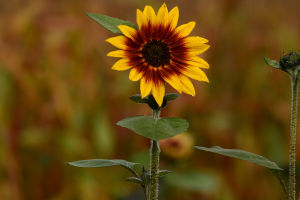 Surprising facts about Van Gogh’s Sunflowers, his greatest masterpiece.
Surprising facts about Van Gogh’s Sunflowers, his greatest masterpiece.
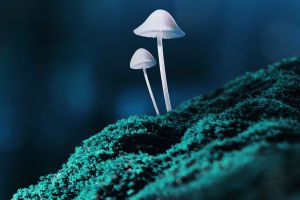 Understanding mushroom anatomy is essential for accurate identification and safe foraging.
Understanding mushroom anatomy is essential for accurate identification and safe foraging.
 What makes tulips shine so brilliantly? Science reveals their captivating secrets of the colors of flowers!
What makes tulips shine so brilliantly? Science reveals their captivating secrets of the colors of flowers!
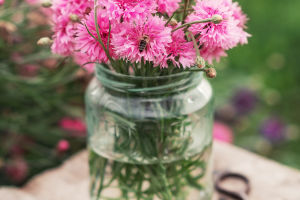 The significance of flowers is extraordinary: they are not just decorations but also an integral part of joyful moments!
The significance of flowers is extraordinary: they are not just decorations but also an integral part of joyful moments!
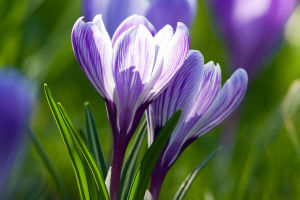 Unlock the Hidden Power of This Exotic Spice - You Won't Believe the Results!
Unlock the Hidden Power of This Exotic Spice - You Won't Believe the Results!
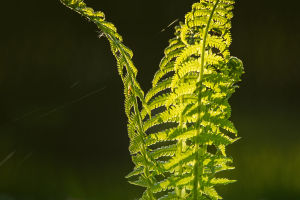 Do you know how important ferns are? From ancient times to today, they have been crucial participants in ecosystems!
Do you know how important ferns are? From ancient times to today, they have been crucial participants in ecosystems!
Best suited for garden beds, borders, and even container cultivation, the Bleeding Heart thrives under proper care. Here's how to maintain it:
1. Temperature:
While tolerant of cold temperatures, it dislikes excessive heat and enters dormancy in summer. During this period, it benefits from placement in shaded, cool areas. In winter, temperatures above 5°C are sufficient.
2. Light:
Preferring partial shade, it shuns direct sunlight. Adequate light fosters robust growth, making bright windowsills or shaded balconies ideal for home cultivation. Shield from harsh summer sun to prevent scorching, opting for well-ventilated, shaded locations.
3. Watering:
With its fleshy roots, the Bleeding Heart exhibits moderate drought tolerance but dislikes waterlogging. Water when the soil is dry to the touch, ensuring thorough soaking without water accumulation. During summer and winter dormancy, keep the potting mix slightly moist but not saturated.
4. Fertilization:
Fond of rich soil, it benefits from biweekly application of liquid fertilizer during the growing season. Cease fertilization once flower buds appear, resuming only after dormancy ends.
5. Pruning:
Trim yellowed stems during summer dormancy and perform shaping pruning post-fall leaf drop to enhance airflow and concentration of nutrients. Remove overcrowded or diseased branches during the growing season for aesthetic upkeep and plant health.

6. Overwintering:
In late autumn or early winter, bury potted Bleeding Hearts in soil with stems exposed, covering them with grass or soil for protection. Alternatively, store pots in a cellar.
In the following year's spring, remove the covering, place it in a well-ventilated, sunny area, and intensify fertilizer and water management for natural flowering. Move indoors for winter maintenance in regions with frost, ensuring temperatures remain above 5°C.
In conclusion, while the Bleeding Heart may lack the extravagance of its namesake, its distinct allure and versatile appeal make it a cherished addition to any garden.